|
|
Under what seems to be a stormy sky the steel works appears to be a dark and dismal place. Blake’s ’Satanic mills’ again spring to mind. Sheila Cotterill asks: “My grandmother Mary Ann Pearson/Glasper/Bell was during World War II employed at the steel works as overhead crane driver, does anyone have any information on this?”
Image courtesy of Joyce Dobson and Keith Bowers; can any one assist with Sheila Cotterill’s researches.
This postcard image of Skinningrove Mine predates the installation of the aerial ropeway to the ironworks. The picking belt and trestle bridge to the North Loftus shaft are clearly seen to the left on this view. Obviously a busy day, judging by the chimneys; I wonder if the gentleman on the right was aware the photographer had captured him scratching his head?
Image courtesy of John G. Hannah.
Greenbank a locomotive on Skinningrove Steelworks site, with the proud staff.
Image courtesy of Joyce Dobson and Keith Bowers.
This hand tinted postcard shows how delicate the supporting piers of the Staithes viaduct were and give a greater understanding of how cross winds could affect trains on the structure.
Image courtesy of Joyce Dobson & Keith Bowers.
Easington railway station opened on 3rd December 1883 (as Easington) and was renamed Grinkle on 1st April 1904. This postcard image must have been taken shortly after the name change. The station closed in 1939, eight days after Britain declared war on Germany – start of World War II – and was situated before the railway line entered the tunnel under Grinkle Lane. It was accessible via a short lane from the Loftus Easington road. Easington railway station was built to a similar design to the stations of Staithes, Hinderwell and Kettleness
Image courtesy of Joyce Dobson & Keith Bowers.
A misleading caption on this photograph, The train in fact is leaving the viaduct from the direction of Loftus. Boulby cliff is prominent in the background; the last train from Scarborough ran in May 1958.
Image courtesy of Joyce Dobson and Keith Bowers.
The moulder shows foundry products, he is holding a fire grate; on the left is a manhole grating. A substantional castings contract was made for the construction of Scaling Dam in the 1950s. But the days of the small iron casting foundry were nearly over. The site is now used by a firm making wrought iron ornamental railings etc.
Image courtesy of Robin Wilson.
Preparing a mould, in sand, the top half of the moulding block is on the left ready to be clamped to the completed casting. Observing behind the moulder is Robin Wilson.
Image courtesy of Robin Wilson.
An exhibition of Zetland Foundry was held at Whitby sometime in the 1950s. A selection of foundry products were on display; manager Oliver Wilson on the left. Moulders name is unknown, help is required.
Image courtesy of Robin Wilson.
The foundry workers pose with a selection of pipes and troughs for the new Skinningrove Furnace.
Ted Kilvington (seated), ? Dickson (beret), Donald Goldstraw, Gordon Leeks, Isaac (Rusty )Jackson. Kelly ?, Mr Oliver Wilson (Manager), Pinkie White with Mick the dog, Alan (Charlie) Thompson, Alan Starsmore, John Shaw, Syd Cockburn, George Barry, Ron Leist (seated on pipe). Most of the names from an article in Loftus Town Crier by Mary Shaw (nee Bielby). B. Jenkins adds: “Yes I do remember Micky, a great little ratter.” Can you help fill in the blanks.
Image courtesy of Robin Wilson and thanks to B. Jenkins for the update about Micky.
|
|
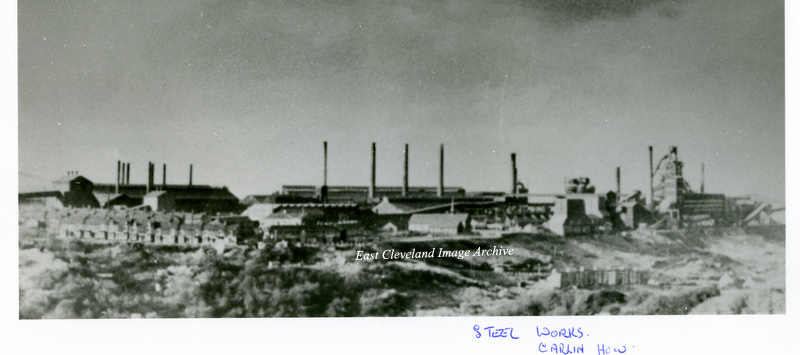
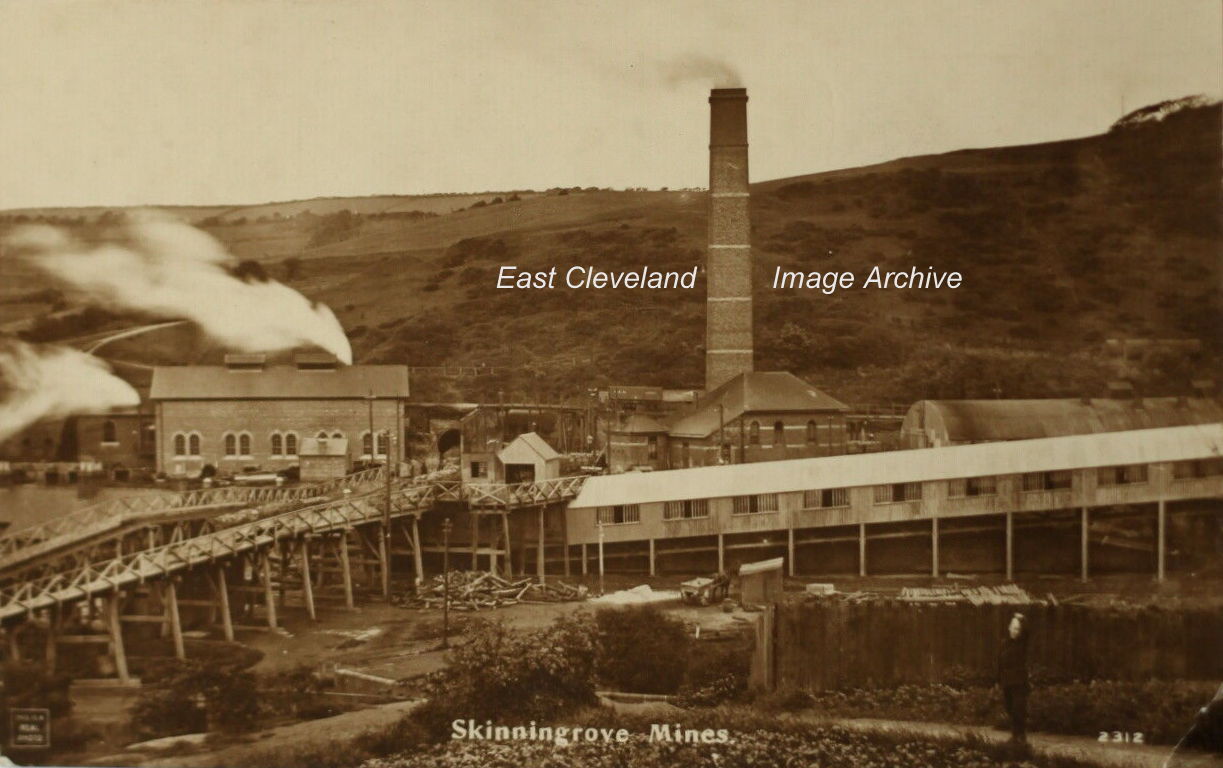
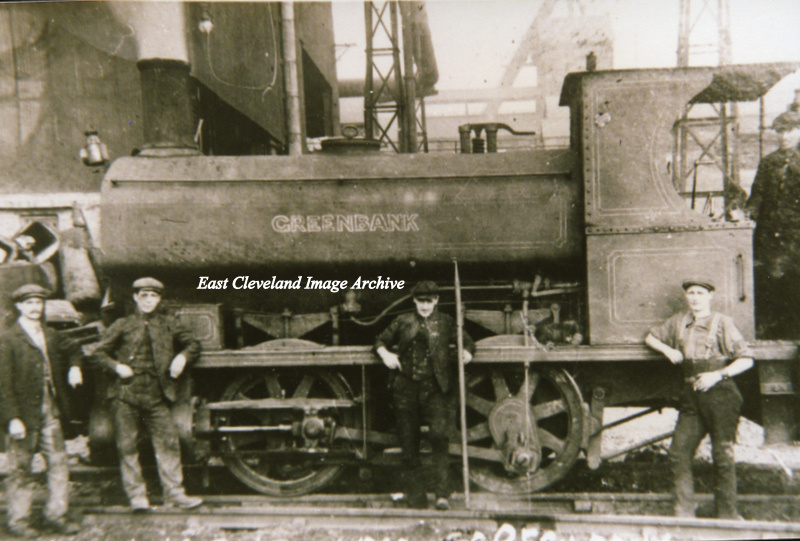
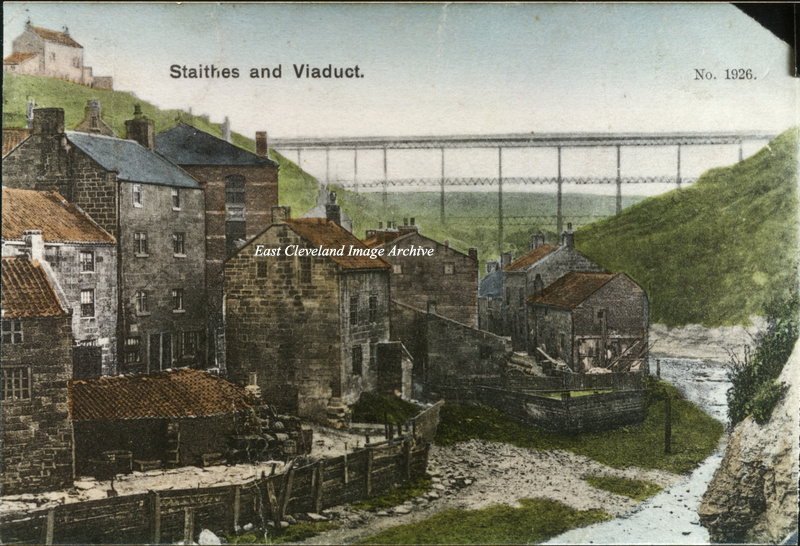
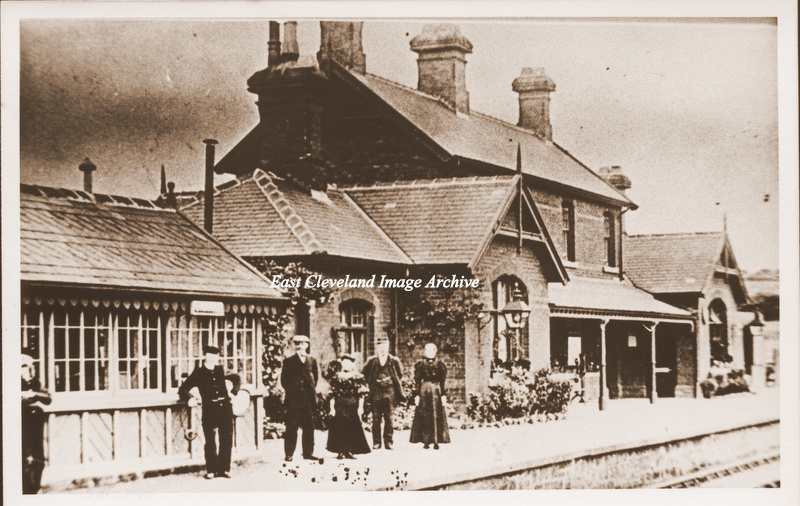
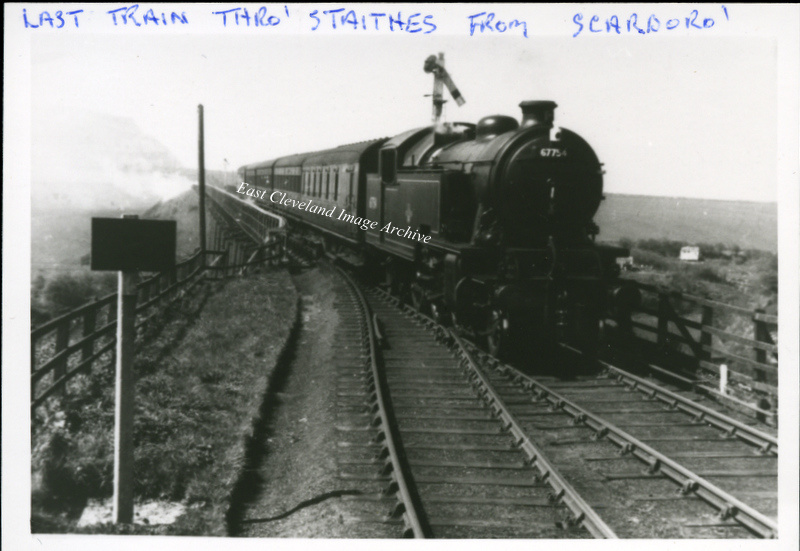
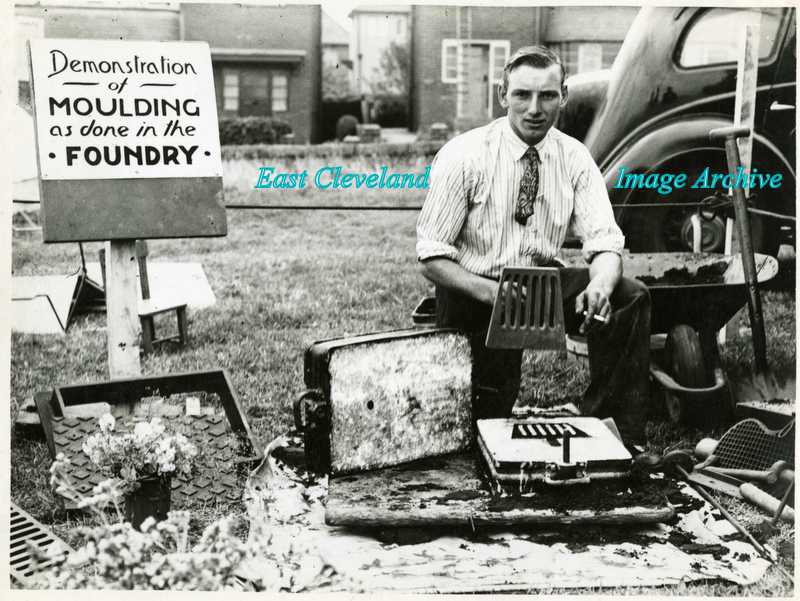


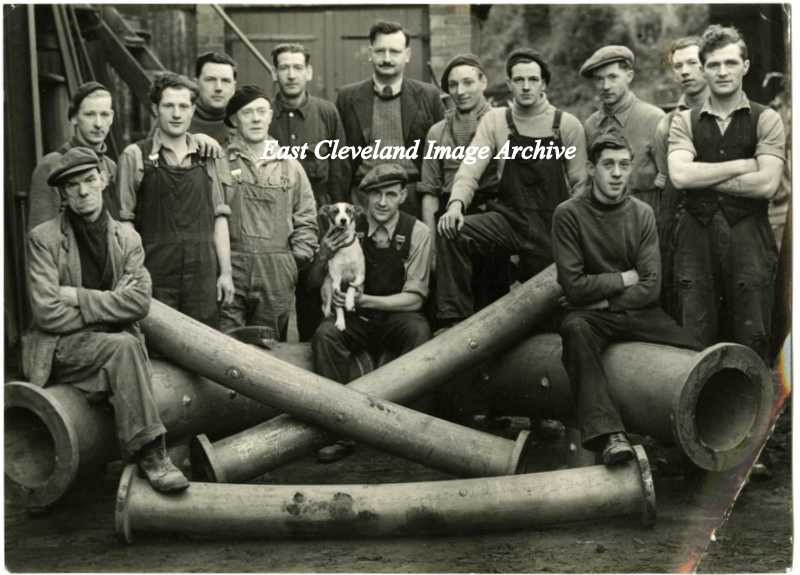
Recent Comments